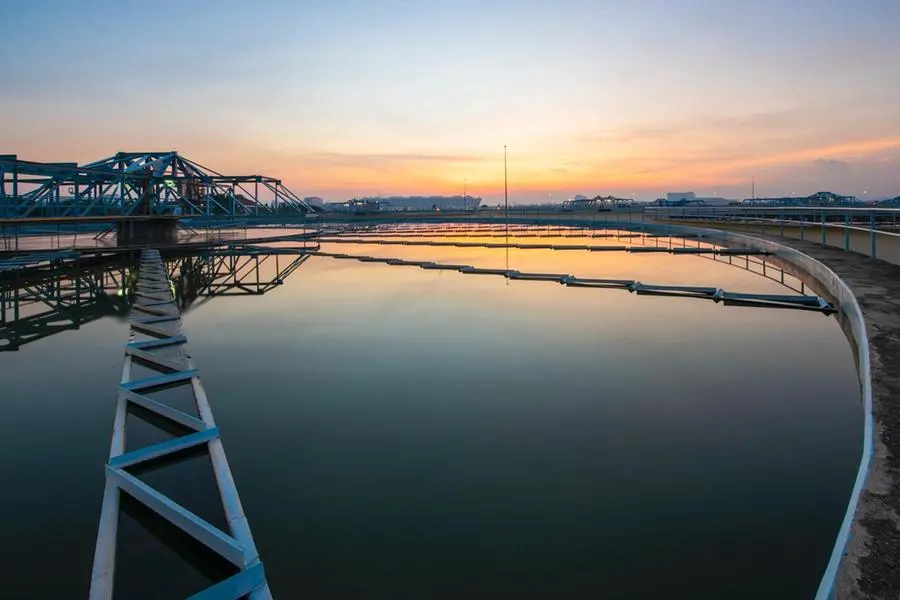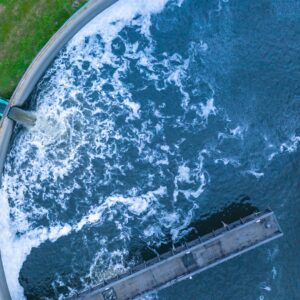
When we think about what makes a society thrive, we often focus on people, land, and capital. However, there are essential but often overlooked components that play a significant role in shaping growth. One such component is water infrastructure, which contributes immensely to various sectors, driving overall development.
Consider agriculture and rural development. Man-made valley dams and irrigation systems provide reliable water sources for both subsistence and commercial farming, which is especially crucial during prolonged dry spells. Imagine having a greenhouse farming setup; with adequate water infrastructure, you can ensure uninterrupted agricultural yields throughout the year. These measures not only enhance food security but also keep the population healthy and capable of contributing to the area’s development.
Industrial growth, too, hinges on robust water infrastructure. Many manufacturing and mining companies rely heavily on water as a primary resource. This dependency creates numerous job opportunities, bolstering income levels and improving living standards. Additionally, waste water management systems within these industries can generate extra revenue. For example, treated waste water can be repurposed to produce manure and biogas, which can lower production costs and foster a symbiotic relationship between various manufacturing activities.
Water infrastructure also plays a vital role in our everyday lives by providing essential services for habitation and sanitation. For instance, reliable water supply systems in our homes and workplaces enhance productivity and promote public health. Simply put, access to clean water is fundamental to the well-being of any community, ensuring that we can perform daily tasks with confidence and efficiency.
Tourism and recreation are other areas that thrive with effective water infrastructure. Water-based sports, fishing, and boating activities attract visitors, boosting local economies. Also consider the fact that tourists use regional amenities, supporting businesses related to water sports which in turn, offers opportunities for entrepreneurs to innovate and generate revenue, while also providing significant income for local authorities through tourism-related taxes and fees.
Of course, developing water infrastructure comes with its own set of challenges like; identifying and conserving water sources, managing human activities around these sources, adapting to climate change, and adhering to regional conservation policies. Therefore, addressing these challenges is crucial for sustainable development.
In the context of the National Water and Sewerage Corporation (NWSC), various programs have been implemented to support the development agenda. Initiatives like SCAP 100 aim to extend water access to all villages within NWSC’s jurisdiction, and additionally, the corporation has designed tariffs to encourage industrialization, all under the protection of an act of parliament, aligning with the government’s development manifesto.
In essence, water infrastructure is a cornerstone of societal development. From agriculture and industry to tourism and public health, its impact is far-reaching. While challenges exist, strategic planning and innovative programs can harness the potential of water infrastructure to drive sustainable growth and development.


